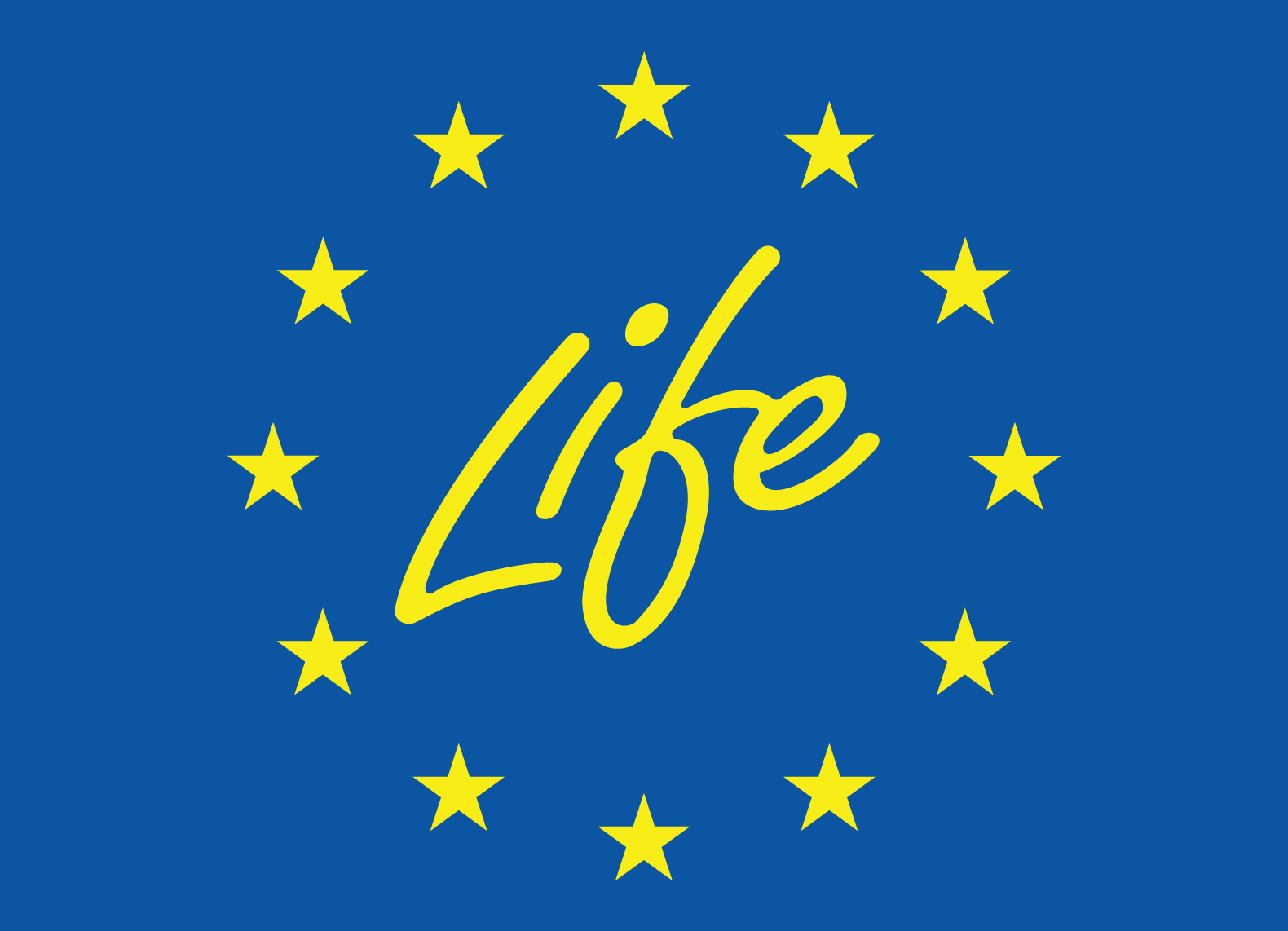Low energy chemo-thermal recycling of carbon fibre composites, a central step to a circular economy for CFRP products
BACKGROUND
The current manufacturing methods for CFRP parts produce large quantities of scrap. This material is made up of in-production scrap, end-of-life components (e.g. automotive parts, aircraft wings, wind turbine blades, sporting and consumer goods) and full-scale test articles. The estimated annual amount of CFRP scrap produced globally could reach 62 000 tonnes by 2024, with around 30% in the EU, with steady growth expected to continue.
Currently, less than 15% of CFRP scrap is recycled, with around 85-95% landfilled or incinerated. The material is either ground into inferior fillers, incinerated or processed using environmentally harmful technologies. In the long term, it is estimated that production in the aerospace industry alone will generates between 4 500 and 6 800 tonnes of CFRP scrap and that over 8 500 end-of-life aircraft will be dismantled. Recycled carbon fibre reinforced polymers (rCF) could be suitable for structural components in aircraft, automotive and general applications.
ENVIRONMENTAL ISSUES ADDRESSED
THEMES
- End-of-Life Vehicles (ELV’s) and tyres
- Industrial waste
- Circular economy and Value chains
- Plastic – Rubber -Tyre
- Integrated management
- Life Cycle Assessment-Management
- Savings
TARGET EU LEGISLATION
- Directive 75/442/EEC -“Waste framework directive” (15.07.1975)
- Directive 2000/53 – End-of life vehicles (18.09.2000)

“The contents of this publication are the sole responsibility of V-Carbon GmbH and do not necessarily reflect the opinion of the European Union.”
Objectives
The project aims to implement and evaluate a low-energy approach for recycling carbon fibre reinforced polymers (rCF). This will be achieved by a low-temperature and low-pressure chemical recycling process known as chemolysis. The objective is to recycle at least 2 000 tonnes CFRP scrap per year from automotive parts, aircraft wings and wind turbo blade to establish a supply chain for CFRP scrap and to demonstrate the suitability of the recycled material in at least three applications. The project team has established contacts with potential suppliers (e.g. Airbus, Boeing, McLaren, Ferrari and BMW).
Specifically, the project aims to:
- Establish and evaluate the recycling process for fibre material from at least 10 different scrap typologies;
- Carry out technical evaluation of the demonstration and monitoring of performance, environmental monitoring;
- Facilitate recycling of up to 95% of fibre material and 90% of binder polymers from CFRP scrap;
- Prepare a life-cycle-analysis for rCF from chemolysis and verify the sustainability of energy and mass balance against virgin carbon fibre and pyrolysis-recycling of CFRP;
- Establish a supply chain for CFRP scrap that ensures the supply of at least 1 000 tonnes of CF-scrap per year to the plant;
- Demonstrate a process that provides rCF at €5/kg to €9/kg;
- Demonstrate further processing of rCF in at least three different applications; and
- Establish an industrial supply chain for the re-use or processing of recovered matrix polymers.
RESULTS
Expected results:
- Recycling of 1 100 tonnes of CF scrap in the final year of the project, regaining 720t of rCF and 350t of binder;
- Production of rCF structures with 50% fibre volume fraction with a primary energy consumption from scrap to application of less than 200 MJ/kg, representing a 75% reduction compared to comparable structures made from virgin CF;
- Demonstration that recycling of CFRP is possible with <15MJ/kg (compared to >23MJ/kg in pyrolysis);
- Recovery of at least 95% of fibres and 90% of binder matrix with a long-term potential for 98% recovery for both;
- Recycling of high-performance CFRP scrap by increasing residence time without fibre damage;
- Elimination of CO2 emissions from the process itself; and
- Demonstration of a recycling process for fibres and binder of cured and uncured CFRP at a minimum of TRL8.
The project contributes to the implementation of the Waste Framework Directive by reducing the amount of waste in landfills and recycling of carbon fibre. It is fully aligned with the European Strategy for Plastics in a Circular Economy by increasing plastic recycling rates in the EU and by helping improve the competitiveness and resilience of the plastics industry. Another relevant directive is the End-of-Life Vehicle (ELV) Directive, which requires that 85% of each vehicle manufactured after January 2015 must be re-used or recovered. Furthermore, the project contributes to the climate change mitigation policies, by replacing virgin CFRP with rCF that requires less energy to produce.